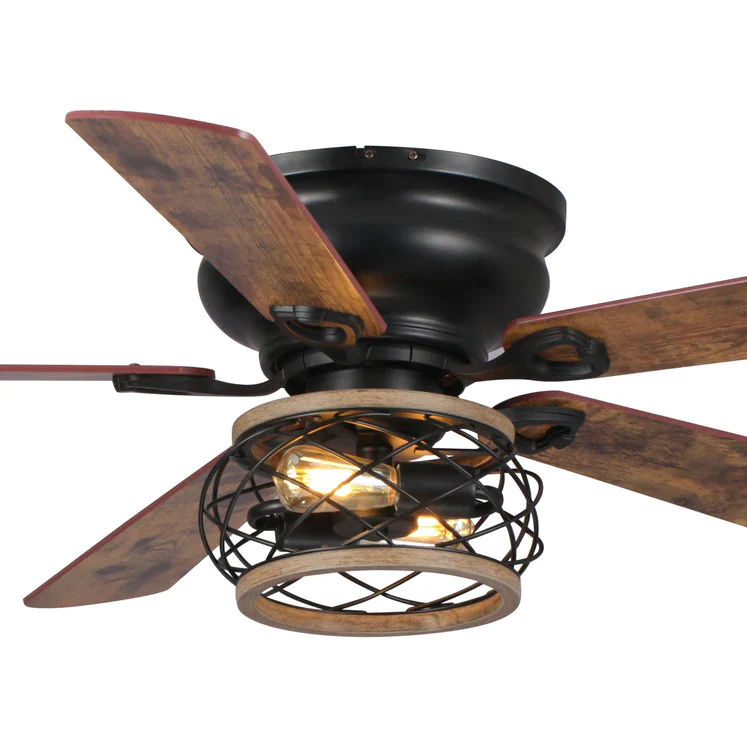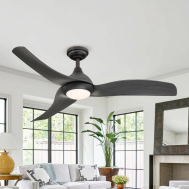Ceiling fans are a popular choice for homes and offices, providing a functional and aesthetic touch to any room. They are a great way to maintain an even temperature in your house, saving you from the high costs of air conditioning. However, a noisy ceiling fan can be a nuisance, interrupting your quiet moments or peaceful sleep. This blog post by Parrot Uncle will guide you through different types of ceiling fan noises, their possible causes, and how to address them.
Types of Ceiling Fan Noise
1. Humming Noise:
This is a constant low-frequency noise that can be quite annoying. It’s often caused by the fan’s motor, especially when it’s set at a low speed.

2. Clicking Noise:
This is a repetitive clicking sound that’s usually caused by loose parts or blades.
3. Scraping or Grinding Noise:
This type of noise is often a sign of a more serious problem, such as damaged bearings or issues with the fan’s internal parts.
4. Buzzing Noise:
This can be caused by a variety of issues, such as an unbalanced fan, a faulty light bulb, or an improper dimmer switch.

5. Squeaking Noise:
This is often caused by lack of lubrication in the fan’s mechanism or loose screws.
Possible Causes and Solutions
1. Humming Noise:
The humming noise in ceiling fans is often caused by poor engineering or the use of a dimmer switch to control the fan’s speed. To fix this, you can try replacing the dimmer switch with a regular light switch or a fan-rated speed control. If the problem persists, it may be due to a faulty motor, in which case you may need to consider replacing the fan.
2. Clicking Noise:
This noise is often a result of loose blades, light kits, or other parts. Tighten all screws and make sure the fan blades are balanced. If the clicking sound continues, check if the light bulb is securely fitted. If none of these solutions work, it may be necessary to replace the fan.

3. Scraping or Grinding Noise:
This usually indicates a problem with the fan’s bearings or other internal parts. Try adding some oil to the bearings to see if this resolves the issue. If the noise continues, you may need to replace the bearings or the entire fan.
4. Buzzing Noise:
A buzzing noise can be caused by an unbalanced fan or a faulty light bulb. To resolve this, balance the fan blades using a fan balancing kit. If the buzzing noise is coming from the light fixture, try replacing the bulb. If the fan is still buzzing after these fixes, the problem might be a poor quality motor or an improper dimmer switch, which would require a replacement.
5. Squeaking Noise:
This noise is often due to lack of lubrication or loose screws. Lubricate the fan’s motor and tighten all screws to resolve this issue. If the squeaking persists, it could be a sign of a larger problem, and you might need to replace the fan.
A noisy ceiling fan can be more than just an annoyance; it can disrupt your comfort at home. However, with this guide, you can diagnose and solve most ceiling fan noise problems. Remember, safety comes first. Always turn off and unplug your fan before working on it. If the noise persists after trying these solutions, it might be time to consult with a professional or consider replacing the fan. At Parrot Uncle, we offer a wide range of high-quality, quiet ceiling fans that can bring back the peace and comfort you desire in your home.